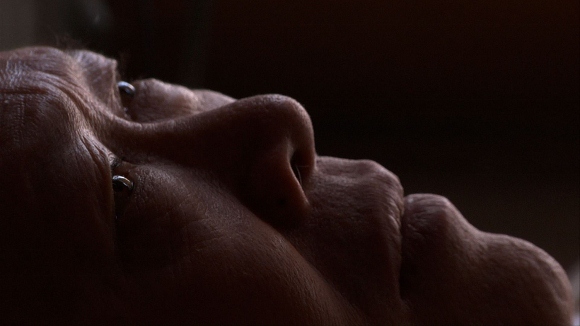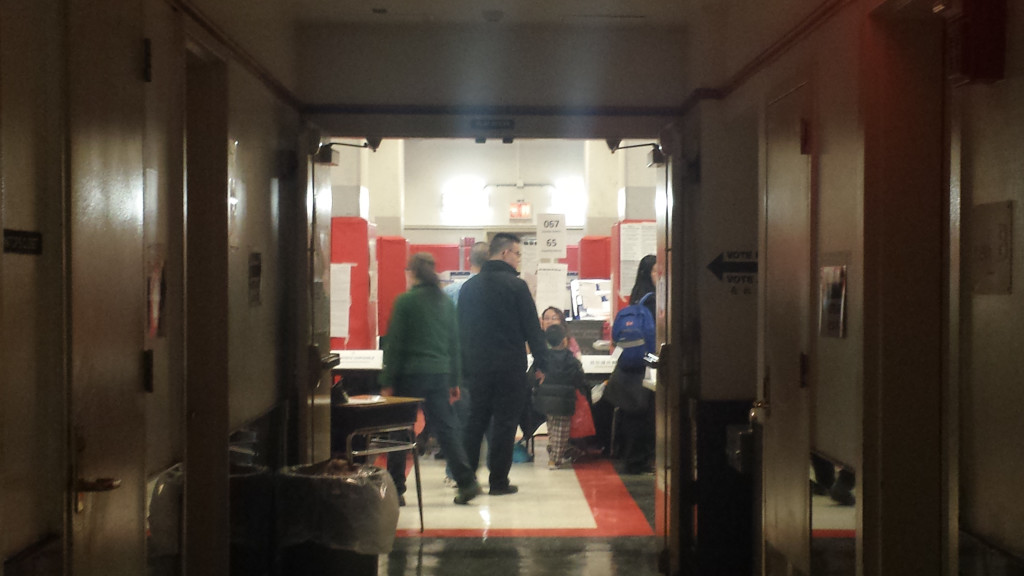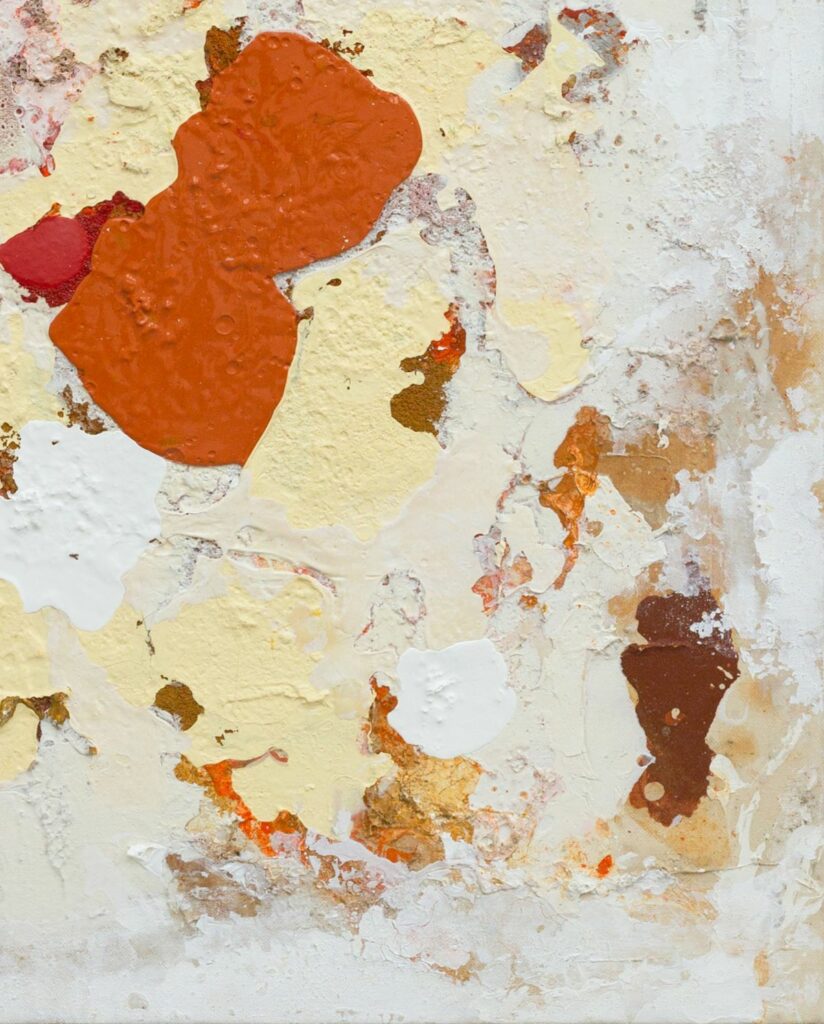A “goddaughter” of one of Chinatown’s oldest and most storied emporiums remembers the store’s Red origins and high-low appeal.
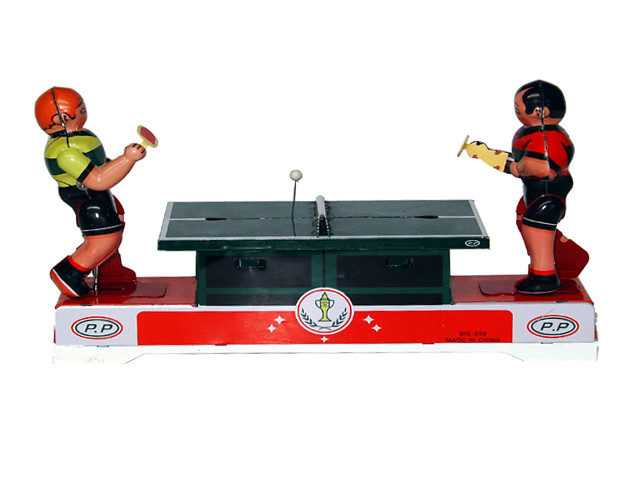
April 7, 2015
[Editor’s note: The owners and managers of Pearl River Mart announced today that the store will be closing down after 44 years in Chinatown. Open City will publish a few features examining the store and its place in neighborhood history.]
Every week some blog pronounces downtown Manhattan dead because this dive bar closed down, or that awesome deli finally got evicted to make way for luxury condos. These stories read like miniature epitaphs tracing a winding path of creative destruction. As a native New Yorker, I’ve grown cynical about this spasmodic nostalgia. I know neighborhoods change with the times; they always have.
But today I join the mourners. Pearl River Mart, a sprawling Asian-themed bazaar on Broadway nestled in a row of chain stores, is closing its storefront. And it’s not just another long-time city business. The people closing it are my parents and the store has, for my whole life, been a second home.
Some of the reasons the store is closing are the same as everyone else’s – high rent and a tough retail market. But as with many other fading mom-and-pop stores, the actual circumstances are more nuanced. And for me, the story is not the store’s end, but its beginning.
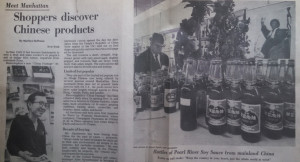
When Pearl River Mart first opened its doors around 1971, it branded itself as a Maoist-inspired “Friendship Store” in America’s Chinatown, one of a few stores in the country that openly traded with mainland Chinese businesses. The store’s first location was in a modest storefront on Catherine Street, flanked by garment factories and windows festooned with greasy duck carcasses.
My father (I was not yet born) proudly hawked a singular selection of bottled soy sauce, Mao’s Little Red Book (my father’s attempt to spread the Marxist gospel, without irony), cotton “kung fu” slippers and People’s Liberation Army caps. These products were familiar to many local immigrants, but exotic to most lao fan (“foreign barbarians” —what we called white people in Chinese, with irony).
As a Friendship Store, Pearl River was one of the first to offload crates of goods shipped in under newly loosened trade restrictions. It was part Fair Trade diplomacy, part nationalist enterprise, part Asian bodega, and totally New York City. When I came along a few years later in the Reagan Era, the store had moved to a larger storefront on Elizabeth Street, a few doors down from the Fifth Precinct, which policed both the old Italian mobsters and the new Chinese gangsters.
My father (I was not yet born) proudly hawked bottled soy sauce, Mao’s Little Red Book, cotton “kung fu” slippers and People’s Liberation Army caps.
Inside the store, my parents managed a unique enclave of the city. From the 1980s on, they worked up to 60-hour weeks with a few dozen staffers. Some of that time was spent handling the wholesale business. The rest was spent helping English-speaking customers pick the perfect party favor or prom dress, catching the occasional shoplifter, scrubbing toilets and dealing with cops concerned with contraband issues, like counterfeit products or unauthorized knives for sale. I spent a good part of my childhood wandering among the burgeoning shelves, though my earliest vivid memory from that time is getting struck by a misfired bottle rocket on the street during the Chinese New Year celebration.
The recreational missile strike stung, but not nearly as much as the pang I feel now as I remember those wilder early days of Chinatown—when it was overcrowded and foul—and compare them to the Chinatown of today, which is relatively silent on the Lunar New Year, ensconced in a post-Giuliani, post-broken windows “quality of life” atmosphere where firecrackers are basically outlawed. Mott Street’s homegrown pyrotechnics are now barred as a nuisance, even a security threat. The streets are much safer now.
I’m glad my dad arrived in Chinatown at a riskier time. Early 1970s New York rippled with dangerous ideas. My dad, a chemistry post-doc turned revolutionary, had the ideological passion and pluck to make his crazy idea happen. Born on the mainland, raised in Taiwan, and Americanized by the radical 1960s, he saw a future for China in trans-Pacific commerce, and he had a magical hunch about a historical inevitability. Within months of the store’s opening, Nixon’s handshake unleashed a commercial flood tide, and there was no looking back.
Now, as the store’s godchild, I find it hard not to look back. We don’t talk anymore about fostering “friendship” with Beijing, but instead of how to check our geopolitical-commercial rival. When Pearl River first opened, America was the great hegemony, and China was a mysterious Eastern fortress, the land of Ping Pong diplomacy and the Manchurian Candidate. Today, upper-middle-class parents wonder whether their kid should start her Chinese language immersion program in Kindergarten or first grade.
[Pearl River Mart] was part Fair Trade diplomacy, part nationalist enterprise, part Asian bodega, and totally New York City.
Paradoxically, one major reason the store cannot keep up with rent is that a big chunk of the city’s real estate is being scarfed up by wealthy investors from mainland China—the offspring of the People’s Republic’s great leap into neoliberalism.
But China’s capitalist blossoming has in some ways been a blessing for Pearl River. The store expanded steadily over its first two decades, moving to a larger retail space on Canal Street. On sidewalks packed with raw fish and fake Rolexes, Pearl River was by far the classiest retailer on the block.
As Chinese manufacturing boomed, Pearl River evolved from a socialist boutique to a populist bazaar, with a cacophonous selection of kitsch that attracted fashionistas and bargain-hunters alike. In middle school I appointed myself its bicultural marketing chief. I wrote Pearl River’s first English-language mail order catalog, with declamatory ad copy touting a menagerie of novelties like bamboo steamers, calligraphy sets, and the “exotic” but “chic” utilitarian beauty of Ming Dynasty dinnerware.
We carried racks of Cheong Sam gowns —popularized by Hollywood retro-glam—and consciously tacky decor like black lacquer room dividers and pot-bellied golden Buddhas. Some of our most popular items were disposable but hip: paper lanterns and umbrellas, or little brocade lipstick cases. Nostalgia-driven shoppers appreciated our old fashioned toys and housewares: wind-up alarm clocks, handheld metal spark-makers and cloth-bound notebooks, and wooden-beaded abacuses that gave any living room a veneer of gravitas.
The floor of the store was arranged democratically, with unpretentious flannel pajamas before grunge, fluffy shaving soap brushes before Steampunk. And those sparkly slippers everyone was wearing in the ’oughts? We sold them in bins for a couple bucks a pair and put the Pearl River spin on runways and red carpets.
Over time, our inventory churned, and our customer base did as well. Immigrant consumers evaporated and more white, affluent shoppers flowed in. We began to focus on higher-end goods, classic “Oriental” furniture, fine porcelain, and the occasional Forbidden City-style marble lion.
Some items have remained hot sellers through all the moves. Richer and poorer customers converge in their love for elaborately wrapped Bee & Flower soap, sold for just a few dollars, its gold-embossed seals and sandalwood scent a snatch of luxury from Republican China. Its charm was universal, the heft of tradition in your palm.
Though the trade came from China, New York was where these little gifts found their rightful owners.
Now the store that helped cast off China’s Iron Curtain is having its own curtain call. We’ll hear the same elegies as for those other New York closings, but it doesn’t make business sense anymore to compete with the muscle of chain stores that rely on fast fashion and online marketing blitzkriegs. And Pearl River has never been about chasing market swings, but about savoring a blend of high- and low-brow consumption.
As an academic and journalist, I write about the perils of the market economy and its assault on workers, communities and traditional cultures. I’m glad the store’s miniature empire is ending with dignity. Better to see Pearl River retire before it becomes a mere vehicle for moving capital, no longer a singular marketplace for cultural exchange.
Things change, she said. You yige geng da de gui lu—there’s a bigger rule at work. The market, she concluded, decides the reality.
I asked my mom the other day how she feels about losing Pearl River. She talked about fate. Things change, she said. You yige geng da de gui lu—there’s a bigger rule at work. The market, she concluded, decides reality.
My parents began as radicals, but I think they soon discovered that even Red China was guided by an invisible hand. Yet for me there is something delightful about how New York City still breeds a spirit of idealistic consumerism. We are the invisible hand, grasping for the little indulgences, the colorful tchotchkes that make this rough city livable. We find a way to hold onto what matters.

